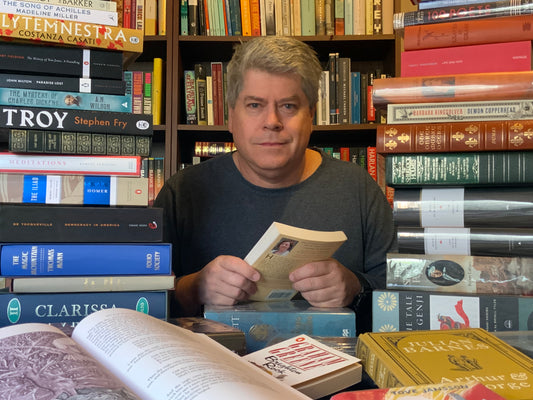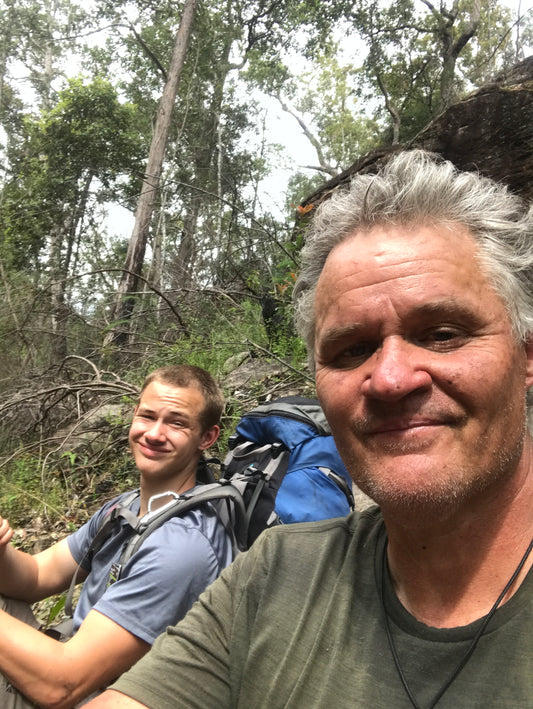The Paragon café in Katoomba was once the most famous building in the Blue Mountains, apart from the Hydro Majestic. It was a beautifully decorated place established during the First World War, which sold its own chocolates, made on the premises, in boxes sometimes adorned with an image of Orphan Rock. There was a modest but elegant cocktail bar and a function room.
Despite its importance to many generations’ experience of the Mountains, at the time of writing it has stood empty for many years, a puzzling mystery giving rise to much speculation and regret.

In sharp contrast, the Goulburn cafe of the same name (below) continues to be a vital part if its community and a thriving main street establishment.

The Katoomba café, like many in New South Wales, was started by a Greek immigrant, Zacharias Simos. Initially – in 1916 – it was the Paragon Café and Oyster Bar, specializing in late suppers for the patrons of Katoomba’s shows and dances. As well as meals it sold sodas, ice-cream sundaes, and lollies. Zac’s brother joined him and made the chocolates for which the Paragon quickly became famous. At first these were manufactured in the basement of Soper Chambers across Katoomba Street, and later upstairs at the café. Business boomed, and in 1926 the premises, now owned by Simios, were renovated at considerable expense and decorated with wood panelling, subdued lighting, and other features, including the glass shelves still there today. (We hope! The windows are now blocked.) Upstairs the latest imported equipment was installed for baking and for making ice cream and chocolate.
In 1929 Simios returned briefly to Kithera and met Maria, daughter of Greek immigrant café owners from America who were also on holiday. They married, and Maria contributed to the business back in Katoomba, through the branding of their products – Orphan Rock, like the Paragon, ‘stood alone’ – and by encouraging expansion. Various public rooms were created by digging into the rock behind the original store, designed by theatre architect Henry White, who’d done the Capitol and State Theatres in Sydney. The place thrived, and in 1939, Farmer and Settler described the Paragon as ‘one of the most famous cafes in Australia’.
At the end of World War II, Danish-born sculptor Otto Steen, who’d worked on the sculptures at the war memorial in Hyde Park and the Everglades in Leura, created the alabaster reliefs of classical figures that still adorn the café’s walls. (We hope.) Such elegance and decoration was not normal in Australian cafes, and presumably owed its origins to the creative instincts of the Simioses.
The café went into genteel decline in the 1950s, along with the rest of Katoomba. Zac died in 1976 and Maria ran the cafe for another eleven years. Eventually it was sold.
The Paragon was leased from 2011 by businesswoman Robyn Parker, keen to carry on as many of its traditions as possible. She left in 2018, telling the Sydney Morning Herald the business was running at a loss. The corporate lawyer who owned the building said he’d spent half a million dollars on maintenance in recent years. He assured readers the café would reopen soon, but it has not.
The loss of an establishment remembered so fondly by many residents and visitors, and an important part of Katoomba's history, is a great shame. It can now be added to the disappearance of the Explorers Tree in 2021 and the closing of Leuralla, the toy museum, in 2022. The Blue Mountains do not have so many landmarks that we can afford to lose any more.




